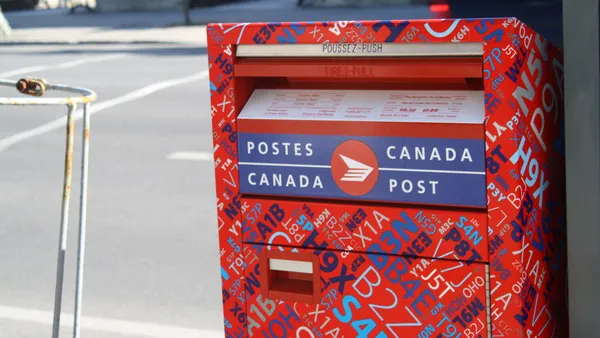Dive Brief:
- The crab industry failed to win visas for its seasonal non-American employees (which are awarded by lottery under the Trump administration), which means the industry just lost 40% of its workforce, The Baltimore Sun reported.
- The labor shortage is wreaking havoc on the crab industry, which must now deal with a substantial shortage of employees to fish for crabs. Some crab houses fear they won't have enough crab meat to meet demand.
- To further complicate the issue, crab houses say much of the American workforce shuns manual labor, even if it is seasonal, making the labor crunch even tighter going into crab season.
Dive Insight:
Help wanted!
I live in a seasonal seaside community north of Boston and the "help wanted" signs in the restaurant windows outnumber the the decorative lobster buoys and nets used to draw in tourists. The same goes for the ice cream stands, bars and marinas. There also beach and pool closings these days due to the shortage of lifeguards, once the top job of the summer.
While these labor shortages may impact the supply chain manager’s summer plans, the problem goes deeper than that. Changing demographics — there are really less young people these days — record breaking low unemployment levels, an increase in small business activities and a restriction on seasonal employment visas has business owners scrambling for the labor needed to run their businesses.
And labor woes don’t just impact the tourist and hospitality industry. Seasonal agricultural businesses that depend on labor to meet harvest targets have been feeling the pinch for years. Farmers on the land and sea have been particularly hard hit. But retail and manufacturing companies are also not able to meet labor needs, forcing them to compete for help.
The laws of supply and demand come fully into play. When there is scarcity of a product the cost goes up, and wages for labor are certainly increasing in all industry segments. In addition to higher hourly rates, companies are using bonuses and flexible work schedules to compete for a shrinking labor pool. The higher cost of labor will lead to increased costs on all products and services.
The labor shortages in the primarily seasonal industry segment have also laid bare issues with our immigration policies. While the rhetoric around illegal immigration has dominated the headlines, legal temporary workers have been filling important seasonal jobs for generations. Companies depend on these workers, and these workers depend on these jobs. It’s worked pretty well.
Supply managers know unsteady labor can lead to poor supplier performance, adding yet one more element to an increasing array of supply chain risk issues. Get ready for higher prices and extended lead times.
You’ll be paying more, and waiting longer for that ice cream cone this summer. Don’t be angry with the person behind the counter. It’s probably the owner, trying to keep her business afloat.














